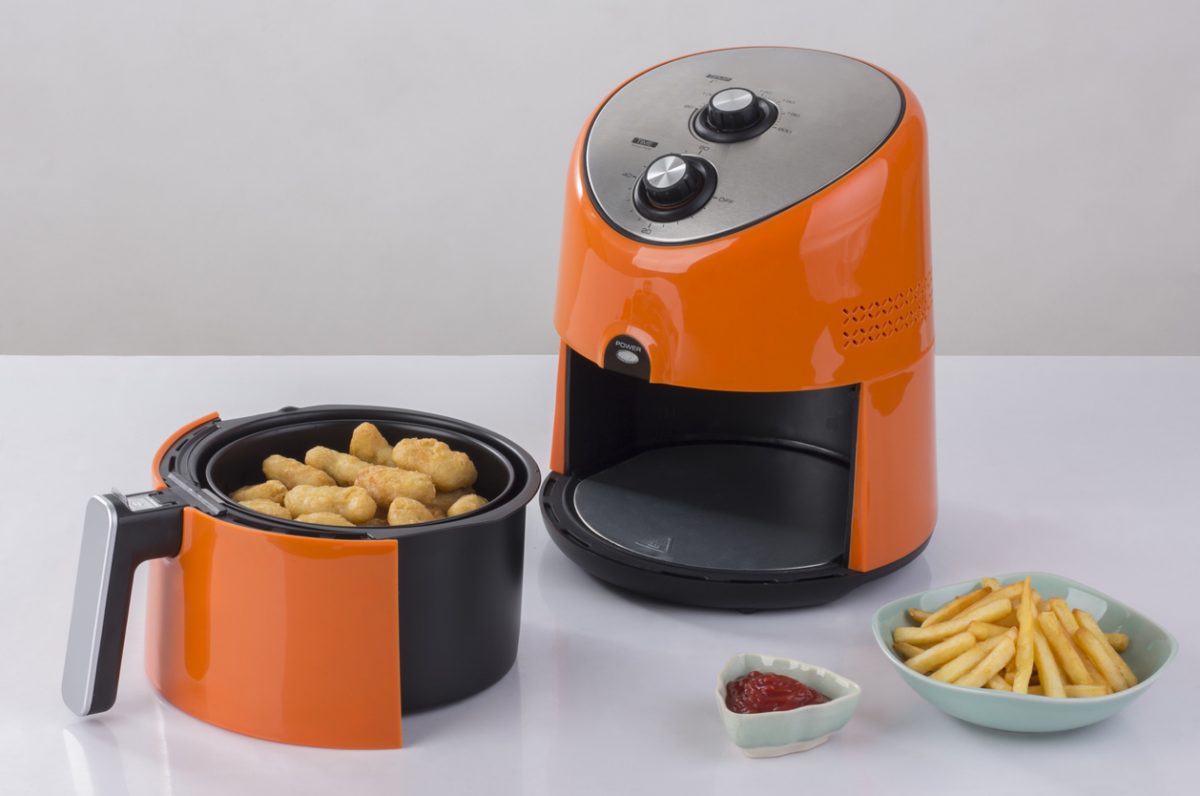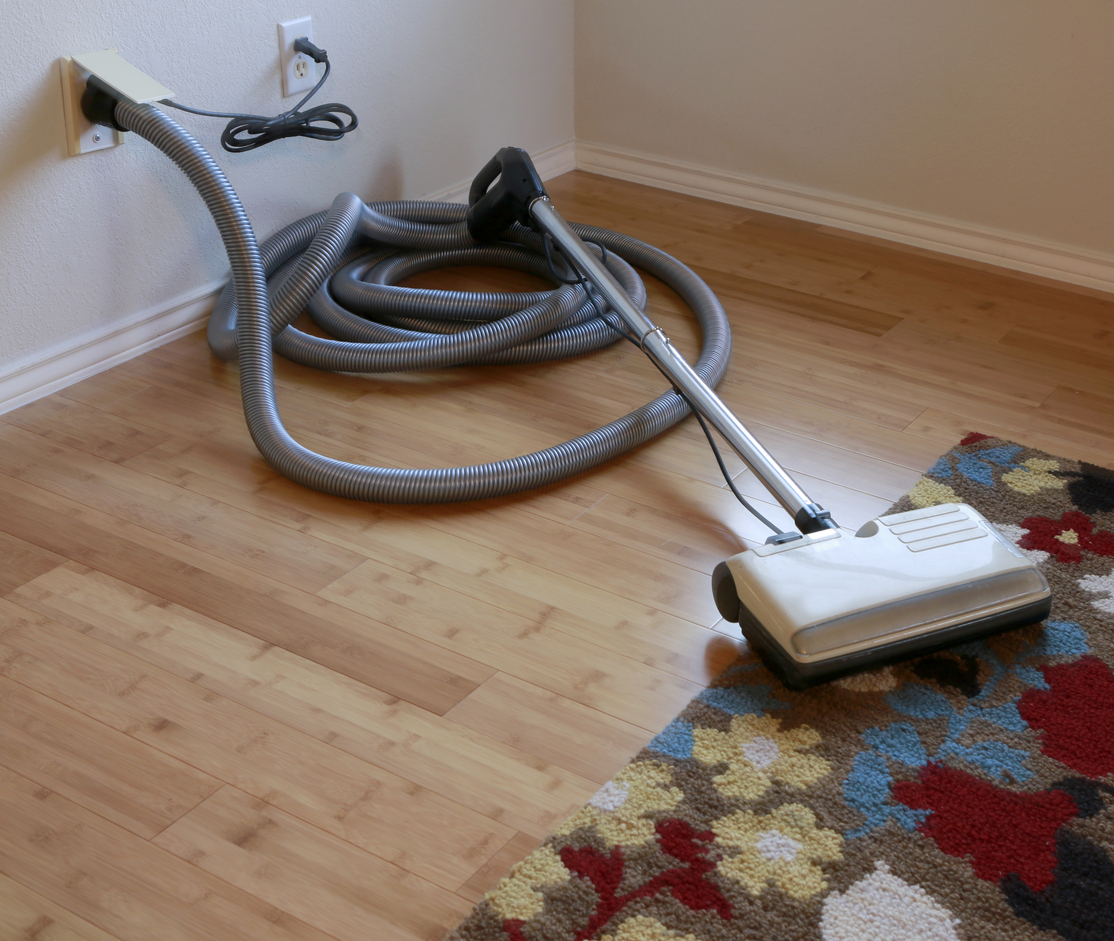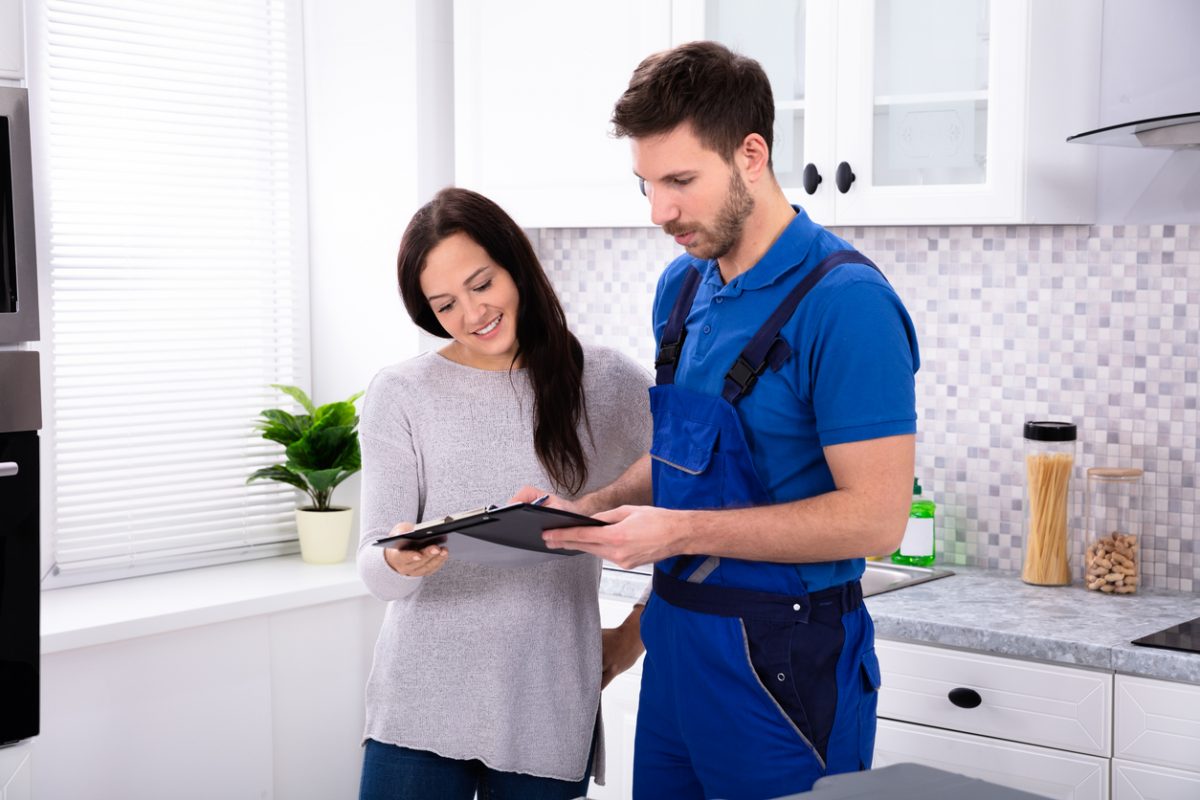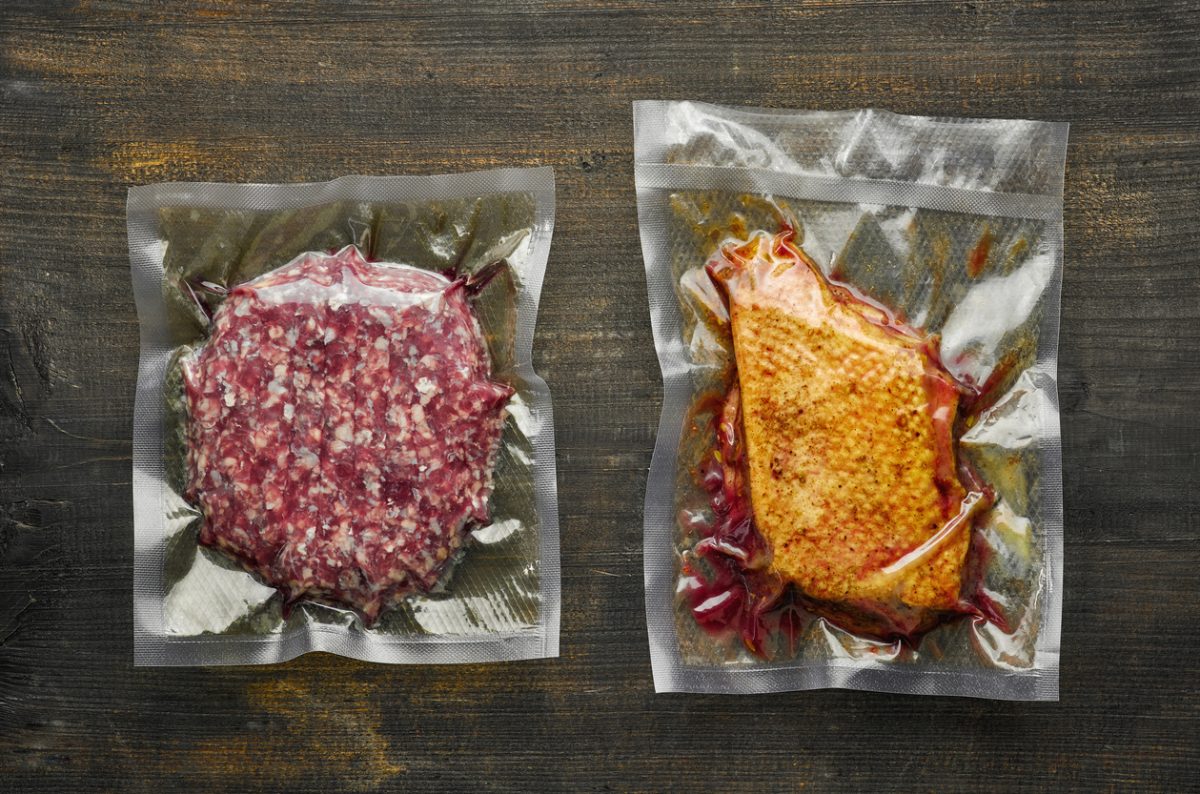Who doesn’t love a good milkshake? They’re a decadent treat, a comfort food and a dose of culinary nostalgia in a tall, frosty glass. The thick, chilly indulgence that may or may not require a spoon to consume brings to mind images of 1950s diners, summer nights at the ice cream shop, and a quick trip to the local burger drive-thru to satisfy a craving.
Depending on the thickness, milkshakes can walk the line between food and beverage. But that isn’t how they started out. Numerous sources trace the term “milkshake” to the 1880s, when it was used to describe a health-promoting drink made from sugar, egg, whiskey and ice. It evolved over the next few decades into the delightful indulgence we know today.
Though there is an undeniable novelty to sipping on a shake while perched on a cushioned stool at a diner counter, it is easy to conjure up some milkshake magic at home. The blender is your go-to appliance to get the job done. It could be said that the milkshake helped drive the development of the electric blender, as one of the early models of the appliance, patented nearly 100 years ago by Stephen Poplawski, was specifically designed to mix soda fountain drinks.

Milkshakes are also a dessert ripe for experimentation. If you think your milkshake would taste better with a touch of cinnamon, vanilla or other flavor, you can simply drop it in the blender and mix up a new taste combination.
A late night blend of chocolate sorbet and coffee ice cream is what triggered Adam Reid’s interest in milkshakes. Reid, a freelance food writer and author of the recipe book “Thoroughly Modern Milkshakes,” was enjoying the sorbet when he decided on a whim to try the combination. “It was one of the best mocha shakes I have ever had.” He later wrote a column on using sorbet in shakes, which led to the book.
“I took inspiration from all kinds of places — street foods, desserts, savory dishes,” Reid says. “To me, you want to intensify flavors in a milkshake. The mocha shake used chocolate sorbet, because the flavor is so much more concentrated. For some of the fruit shakes, I used fruit jams or jellies as a sweetener. There’s a strawberry shake that uses ice cream, strawberry sorbet and a tablespoon of strawberry preserve. That’s going to give you more sweetness and flavors.”
To make the perfect milkshake, you should consider texture as much as flavor. This means there is some preparation and possibly some waiting involved.
“Obviously, there are a million different flavor combinations,” Reid says. “I like shakes with a really thick texture, because they’re going to melt and get thinner as you drink them. I like to let the ice cream sit out and temper it. If you bring it straight out of the freezer, you’ll have to overblend, and that will make it thinner.”
Remember, this is an indulgence, so don’t skimp on ingredients. “Use good quality ice cream and sorbet,” Ried says. “Using whole milk never hurt.” Though if you are watching your calories, you may substitute lowfat yogurt for ice cream with ice cubes (smaller are better) blended in. Most of the recipes in Ried’s book use about a quarter cup of liquid, he says, but he has gone up to about a third of a cup.
Whether your preferences lean more toward fruit, traditional but reliable flavors like chocolate and vanilla, or a more exotic flavor, it’s time to break out your blender and swirl together the flavor combination of your dreams. Traditional flavors like vanilla, chocolate and strawberry never go out of style, but feel free to let your imagination go.
“Flavor and balance are two things I look for,” Ried says. “Every burger joint in southern California has a date shake. When I did it, I used buttermilk to balance the sweetness of the dates.” Ried likes to add surprise flavors to his shakes, and has developed travel-inspired recipes based on French pain d’epices, and Mexican chocolate.
Since you’re definitely craving a milkshake by now, here are three of Ried’s recipes from Thoroughly Modern Milkshakes. They may not appear on the menu at your local ice cream shop, but it’s hard to imagine a milkshake not tasting good. “When push comes to shove, it’s going to be sweet, it’s going to be cold. There are better milkshakes, stellar milkshakes and earth-shattering milkshakes, but there’s no such thing as a bad milkshake.”
Do you have a favorite recipe? Let us know in the comment section.
Mexican Chocolate Shake with Chipotle and Almond
Makes about 3 1/2 cups/28 ounces
1/2 cup cold whole or lowfat milk (about 4 ounces)
1/4 teaspoon almond extract
1/2 teaspoon ground cinnamon
1/8 teaspoon ground chipotle powder or cayenne, or more to taste
4 medium scoops vanilla bean or original vanilla or original vanilla ice cream (about 2 cups/12 ounces), softened until just melty at the edges
4 medium scoops chocolate sorbet (about 2 cups/12 ounces), softened until just melty at the edges
Place the milk, almond extract, cinnamon, and chipotle in a blender and blend to mix thoroughly, about 15 seconds. Add the ice cream and sorbet and pulse several times to begin breaking them up. With the blender motor off, use a rubber or silicone spatula to mash the mixture down onto the blender blade. Continue pulsing, stopping, and mashing until the mixture is well blended, thick, and moves easily in the blender jar, roughly 30 to 90 seconds. Pour into a chilled glass or glasses, and serve at once.
Vanilla-Honey-Sesame Shake
Makes about 3 ½ cups/28 ounces
1/2 cup cold whole or lowfat milk (about 4 ounces)
1/4 teaspoon pure vanilla extract
1 ½ teaspoons toasted sesame oil
2 tablespoons honey (about 1 ½ ounces)
8 medium scoops vanilla bean or original vanilla ice cream (about 4 cups/24 ounces), softened until just melty at the edges
Place the milk, vanilla extract, sesame oil, and honey in a blender and blend to mix thoroughly, about 15 seconds. Add the ice cream and pulse several times to begin breaking it up. With the blender motor off, use a rubber or silicone spatula to mash the mixture down onto the blender blade. Continue pulsing, stopping, and mashing until the mixture is well blended, thick, and moves easily in the blender jar, roughly 30 to 90 seconds. Pour into a chilled glass or glasses, and serve at once.
Stupendous Strawberry Shake
Makes about 3 1/2 cups/28 ounces
1/2 cup cold whole or lowfat milk (about 4 ounces)
2 tablespoons strawberry jam or preserves (about 1 ounce)
1 teaspoon freshly squeezed lemon juice
4 medium scoops strawberry ice cream (about 2 cups/12 ounces), softened until just melty at the edges
4 medium scoops strawberry sorbet (about 2 cups/12 ounces), softened until just melty at the edges
Place the milk, jam, and lemon juice in a blender and blend to mix thoroughly, about 15 seconds. Add the ice cream and sorbet and pulse several times to begin breaking them up. With the blender motor off, use a rubber or silicone spatula to mash the mixture down onto the blender blade. Continue pulsing, stopping, and mashing until the mixture is well blended, thick, and moves easily in the blender jar, roughly 30 to 90 seconds. Pour into a chilled glass or glasses, and serve at once.





















